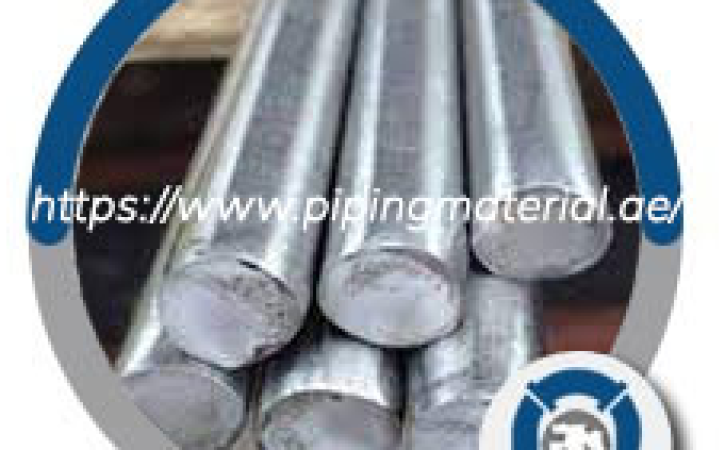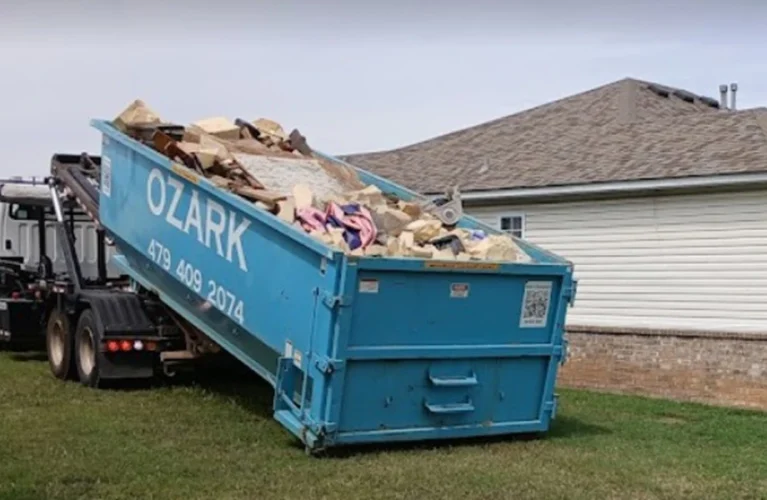
Is a duplex round bar ductile?
Duplex 2205 Steel is a duplex stainless steel grade with the ability to fight corrosion problems way more efficiently than that Stainless Steel 300 Series Grade. It is enhanced by nitrogen and offers high strength. The major usefulness of these duplex steels lies in their ability to provide good corrosion resistance as well as high resistance to chloride stress corrosion cracking. They also offer very good weldability, workability, sulfide stress corrosion resistance, and chloride pitting and crevice corrosion. Their Pitting Resistance Equivalent Number (PREN) is higher which indicates increased resistance to pitting corrosion but they can suffer corrosion when exposed to suitably corrosive conditions.
Duplex 2205 Round Bar, forms one of the products of the grade of steel and it has twice the strength compared to austenitic stainless steels. The machinability of such steel reduces due to the same high strength but has improved toughness and ductility compared to ferritic Stainless Steel. The steel consists of up to 0.03% of Carbon, 21-23% of Chromium, 3% of Molybdenum, 5-6% Nickel Nitrogen,4.5-6.5% of Nickel along with Manganese, Silicon, Sulfur, and Phosphorus in smaller quantities.
Does the duplex stainless steel bar rust?
Duplex Steel is known for its high rust resistance and high strength. The presence of a good amount of chromium along with Nickel and Nitrogen enhancement makes the duplex steel corrosion resistant. It resists localized corrosion types like an intergranular, crevice, and pitting while also being resistant to chloride stress corrosion cracking (SCC) at temperatures of 150°C. Pitting Resistance Equivalent Number (PREN) is higher, indicating increased resistance to pitting corrosion.
The highly corrosion-resistant properties allow the steel to be freely used in corrosion-prone industries. The applications include the manufacturing of equipment in oil and gas exploration, transport, storage, chemical processing, paper machines, liquor tanks, pulp and paper digesters, high chloride and marine environments, and processing equipment.
Is 2205 duplex stainless steel round bar magnetic?
Duplex steel has a presence of ferrite content in its composition that naturally makes them magnetic in nature. Along with ferritic crystals, it also has a combination of austenitic crystals in it and yet they don’t lose their high corrosion-resistant property when compared to the austenitic 304 and 316 stainless sheets of steel.
Is a duplex 2205 round bar better than a 316?
Duplex Steel is generally considered better than the 3016 Steel Grade and that is because of many reasons. One of the most important reasons is that Duplex Steel Products like the Duplex Round Bar have almost twice the amount of corrosion resistance than the ordinary 316 Stainless Steel. This is due to added levels of Nickel, Chromium, Molybdenum, and Nitrogen. The design strength of the duplex steel is significantly higher than that of 316/316L. The steel 2205 is even considered superior to most other grades of the duplex steel due to its good weldability and workability.
Its main property is corrosion resistance and therefore it is used widely against:-
- Fatigue corrosion
- Stress corrosion cracking – especially in saltwater
- Chloride pitting and crevice corrosion – especially suited to saltwater
- Sulfide stress corrosion
- High energy absorption
- Low thermal expansion
These are the reasons why 2205 is heavily used in the commercial offshore seawater environment. It also has three to four times the higher yield strength than that of 316 Stainless Steel but still costs less.
How is import duty calculated in Turkey for 2205 duplex round bars?
The imports and exports of steel products form an important yet common business in today’s world. As the products are put overseas for whatever purpose, they have to go through certain duties and taxes that are imposed on the suppliers like duplex round bar suppliers. Similarly, Turkey has some import duties that have increased due to rising imports in the country. The rise is there even when there is low capacity utilization, according to market participants.
The new duties have come into effect from July 15, 2020, as per a decision by Turkish President Recep Tayyip Erdogan, according to the country’s official gazette. Now, the import duty for semi-finished steel under HS code 7207 is now 17% and the import duty for hot-rolled flat steel under HS code 7208 is now 18%. Cold-rolled coil producers and welded pipe producers now face an 8% duty for hot-rolled flat steel imports while white goods producers face a 9% duty for the same product. All the percentages of import duties have been increased from a minimum of 1% to a maximum of 5% but it still affects the traders. The import duties are hence calculated for the duplex bars in the same way.
India vs China: which is better for manufacturing rate for terrarium 255 round bar?
China is a developed country with an abundance of factories and manufacturers. It has more than 50% of the world’s steel products and that really does say something. The manufacturing rate in India is generally higher than the manufacturing costs in China as we all have noticed in our day-to-day life. A number of reasons are given for the higher manufacturing costs in India. The major reasons include the fact that India is a developing country leading to issues like lack of power availability, higher power costs, cost of labor, cost of transportation, and lack of large enterprises.
India’s manufacturing costs are still considered better in the country because people tend to trust made-in-India products a lot more than Chinese ones. Even when the costs are higher and the Indian public seeks affordable prices, they still do choose Indian products if they have a preference. Therefore, to answer this question, it is probably India that has the better manufacturing rate for any steel products as well including the terrarium 255 round bar. It is also true that Indian products have better quality than others. A similar can be said for steel product manufacturers and iron industries.










